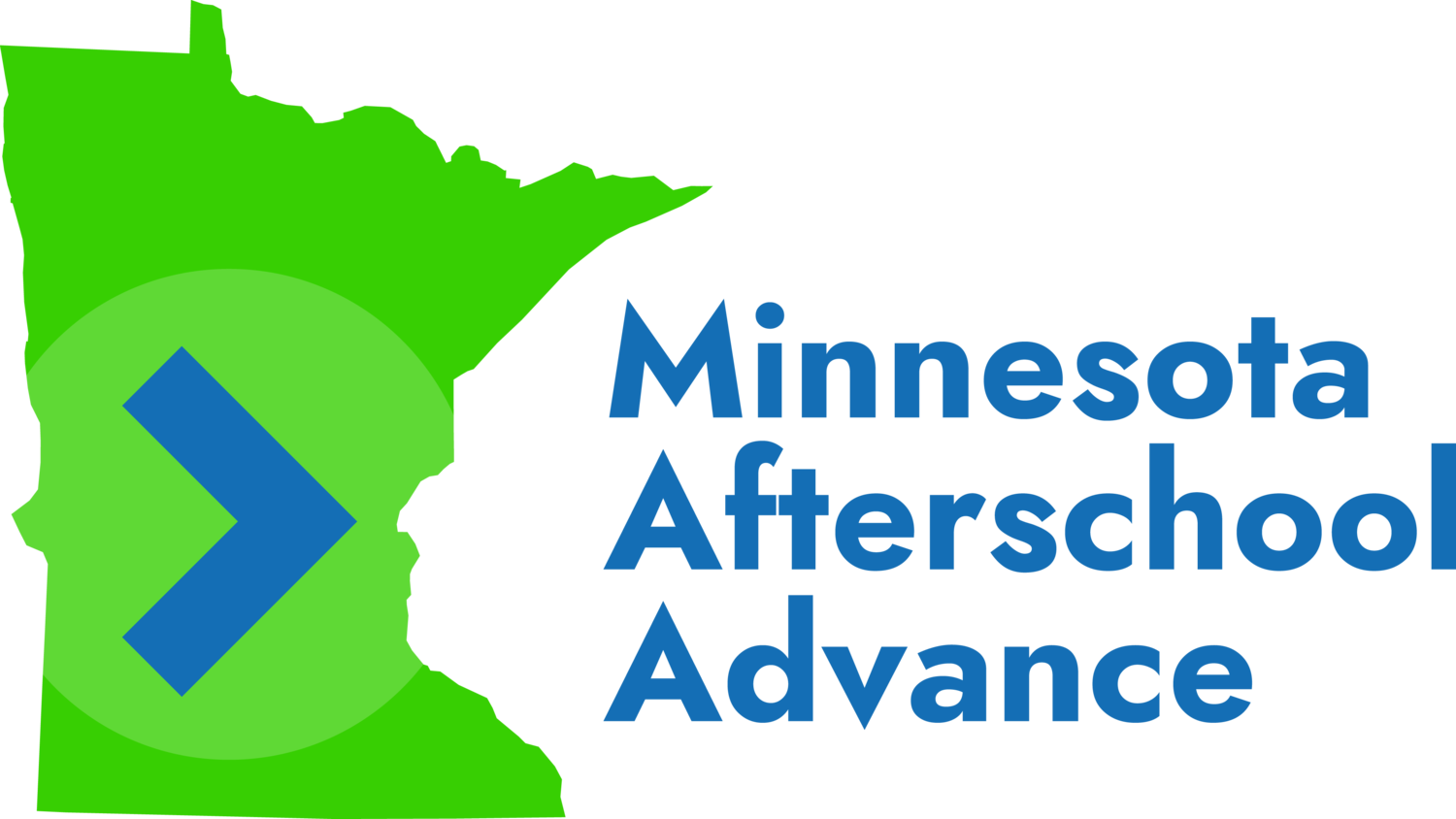Minnesota K-12 Education Tax Credit
Long-Standing Opportunity for Low-Income Families in Minnesota
Since 1998, Minnesota has offered low-income families a refundable tax credit called the Minnesota K-12 Education Credit ("Tax Credit") for non-tuition educational expenses like tutoring and educational and arts afterschool programs. The Tax Credit reimburses families 75% of eligible expenses up to $1,000 per child in grades K-12. So, if a family spends $1,333 on qualified expenses for a child in a given year, the State of Minnesota will reimburse the family $1,000 after they file their taxes for that year.
Largely Underutilized Today
Currently, the Tax Credit is incredibly underutilized. EdChoice, a national educational policy nonprofit, reports that 21% of Minnesota’s roughly 653,000 families with children, or 137,130 families with approximately 274,260 children, are eligible for the credit.[1] However, as of 2016, only 46,948 families took advantage of it with an average credit of only $254 per family (approximately $11.9 million credits in total). This amounts to only 34% of eligible families using only 4% of the approximately $275 million annual statutory funding capacity of the Tax Credit.
There are two main reasons the Tax Credit is so under-utilized.
Many families don’t know about it or how to use it.
More importantly, it is difficult for low-income families to pay up front for the full cost of eligible experiences and then wait sometimes more than a year for the expected Tax Credit and refund when they file their taxes.
In response to this second challenge, in 2002, the State of Minnesota created a method for financial institutions and nonprofit tax-exempt organizations to make loans to eligible families with the expectation that their Tax Credits would be assigned back to the lender to repay the loan obligation. It’s this method that MAA utilizes for its model to provide this important funding to families.

